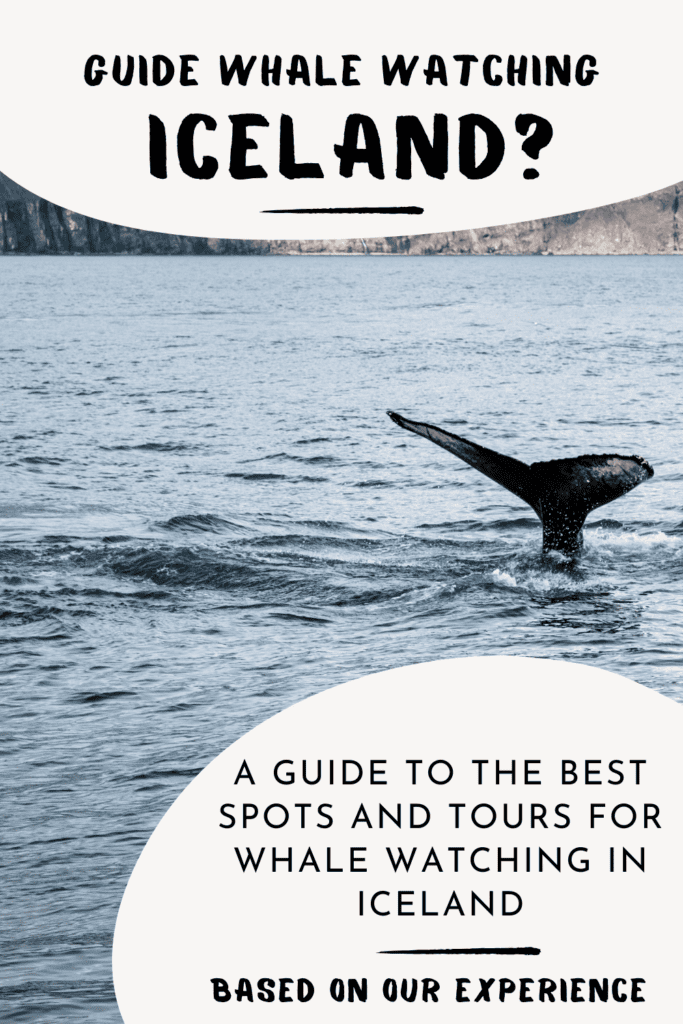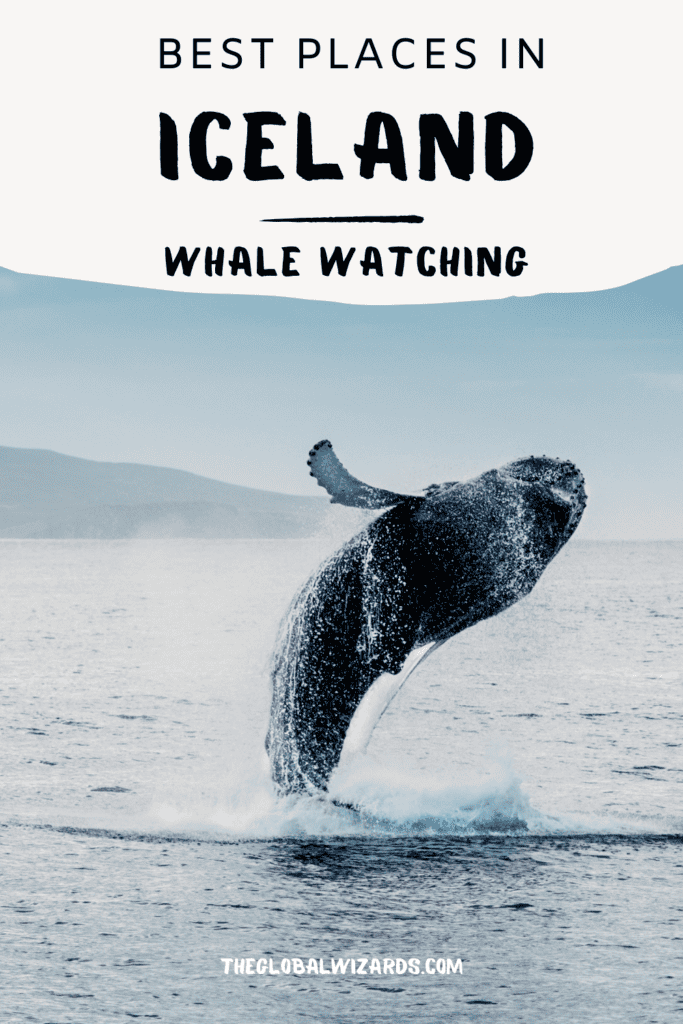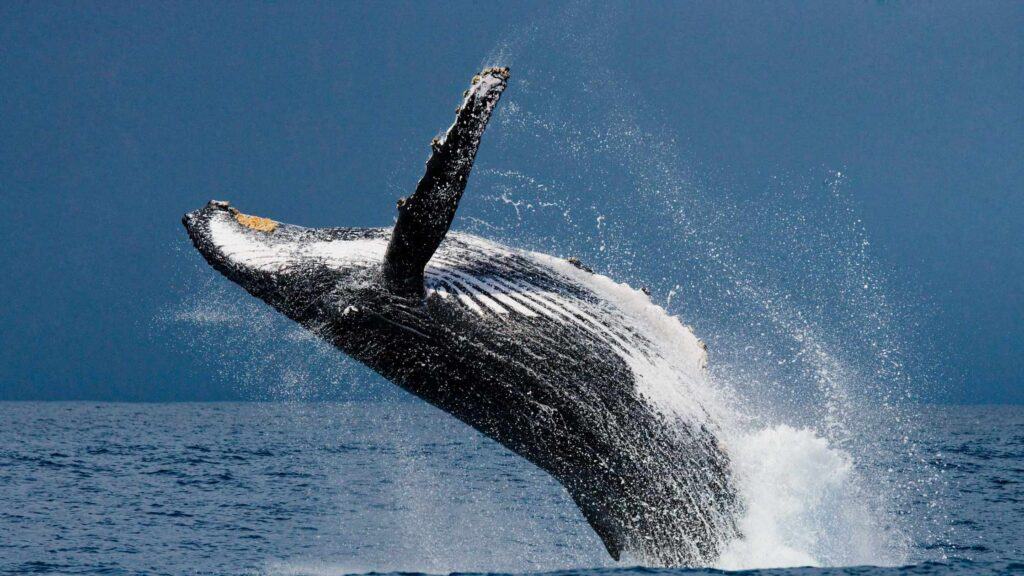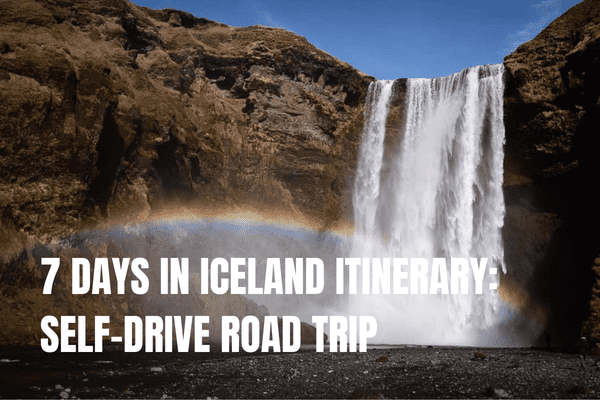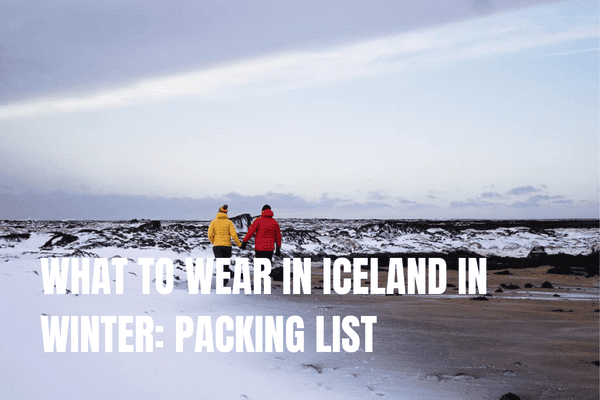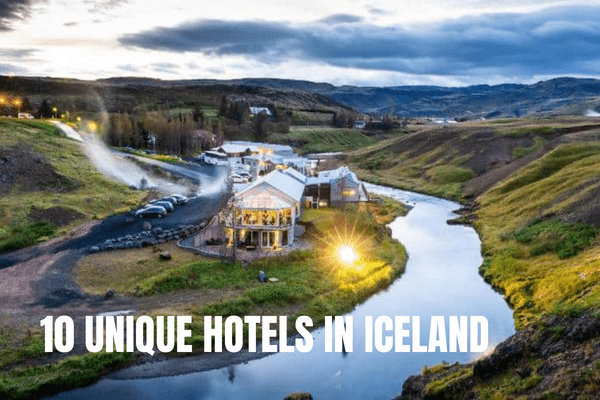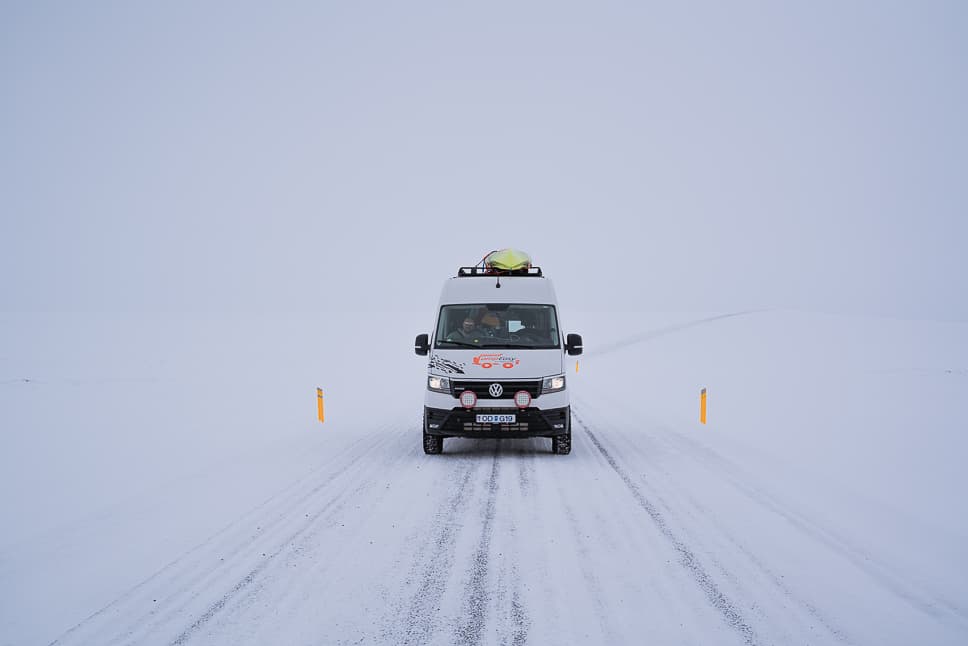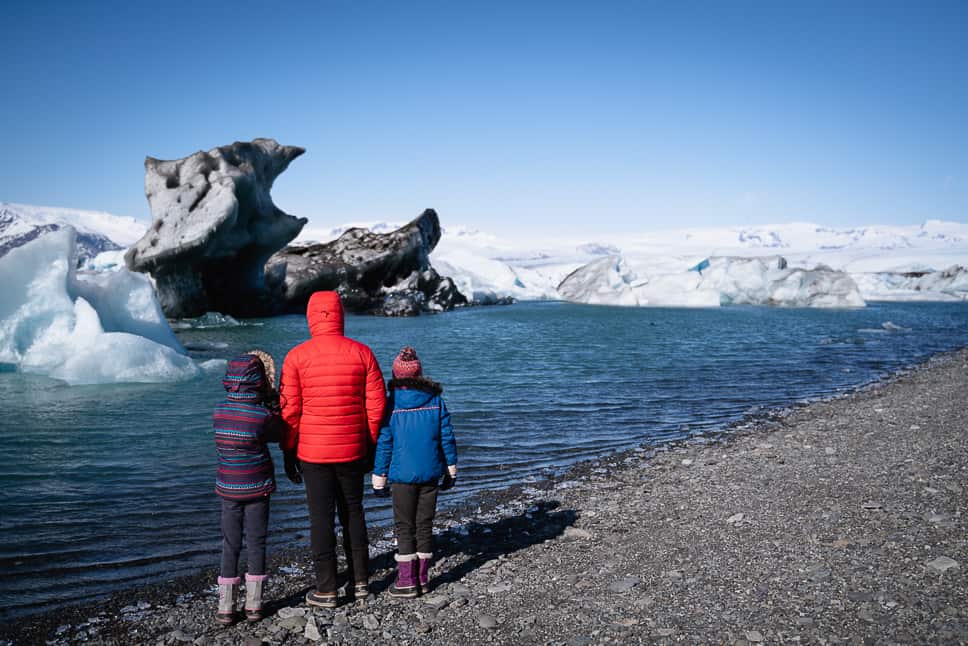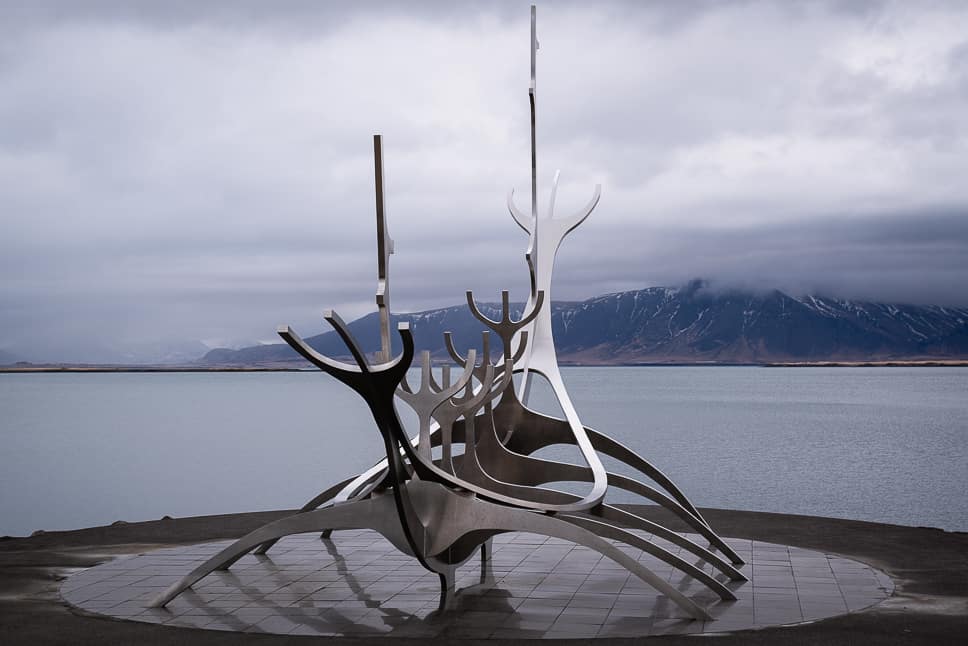Our guide with the best places for whale watching in Iceland.
Whale watching in Iceland is an experience like no other. Iceland is home to a variety of whale species, including humpback whales, orcas, fin whales, minke whales, and blue whales. The summer months of June to August are the best time to catch a glimpse of these magnificent creatures, as they come to the nutrient-rich Icelandic shores to feed. We listed the best places for whale watching in Iceland.
Visitors can embark on whale-watching tours from various locations across Iceland, including Reykjavík, Húsavík, and Akureyri. These tours typically last for three hours and most of the time you get to see whales! Knowledgeable guides accompany visitors on the tours, providing information about the different whale species and their habitats.
In addition to whales, visitors may also spot other marine life, such as white-beaked dolphins and seals. The tours also offer breathtaking views of Iceland’s fjords, seas, and coastline.
When we were in Iceland we left from Husavik with North Sailing. But we were just a little too early in the season and unfortunately, we couldn’t spot anything. But we had a nice time on the boat and saw the first puffins arriving in Iceland.
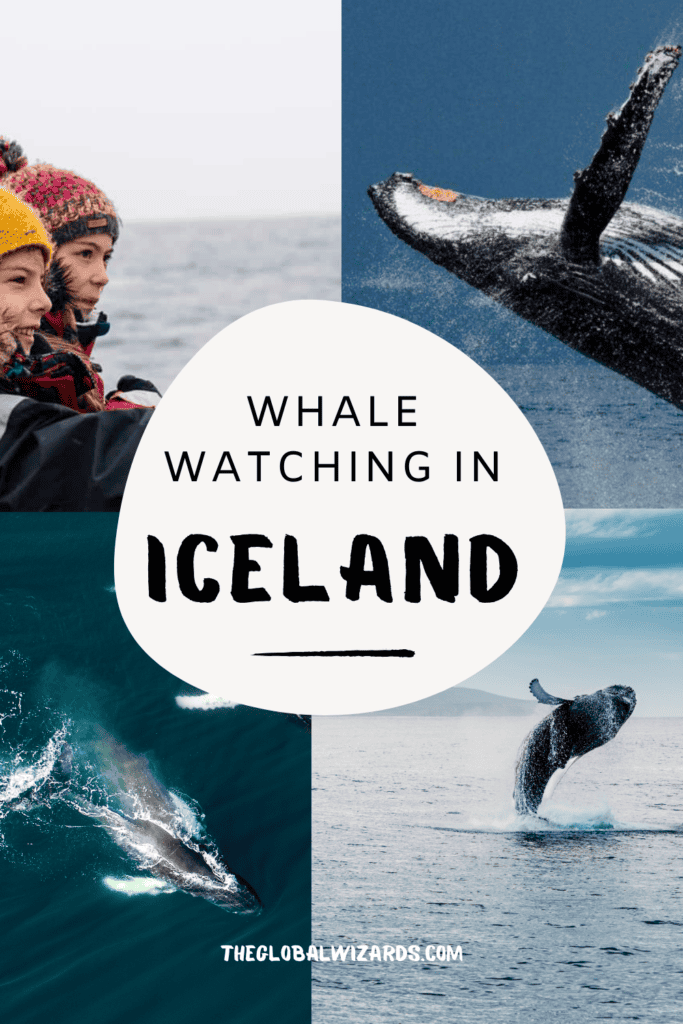
Best Time to Go Whale Watching in Iceland
Whale watching is one of the most popular tourist activities in Iceland and for good reason. Iceland is home to several species of whales, dolphins, and porpoises that can be observed in their natural habitat. However, the best time to go whale watching in Iceland depends on several factors, including the season, weather, and migratory patterns.
Summer months
The summer months of June to August are the peak season for whale watching in Iceland. During this time, the seas are at their most lively, and several species of whales can be spotted in Icelandic waters. The nutrient-rich shores of Iceland become a feeding ground for many migratory whales during the summer months, making it easier to spot them in large numbers.
Tours during the summer months report more success in seeing the larger whales, such as humpbacks, orcas, and blue whales. The weather is also more favorable during the summer months, with longer daylight hours and milder temperatures.
Winter months
While whale-watching tours are less frequent in the winter months, they come with the bonus of beautiful and stark scenery. Snowcapped mountains, sunsets, and even the possibility of seeing the Northern Lights make for a unique and unforgettable experience.
The best time to see whales in Iceland during the winter months is from November to February. While the seas are calmer during this time, the chances of spotting whales are lower. However, it is still possible to see some species, such as orcas and humpback whales, during this time.
It is important to note that weather conditions can affect whale-watching tours in Iceland. If the weather is too rough, tours may be canceled or rescheduled for safety reasons. It is always best to check with tour operators beforehand to ensure a smooth and enjoyable experience.
If you’re going to Iceland in winter we have a nice article about How to drive in winter in Iceland. It ‘s also very important that you have good clothing in Iceland. Check this article what to wear in Iceland with a complete packing list.
Whale Species to Look Out For
When it comes to whale watching in Iceland, visitors are in for a treat as the country boasts a wide variety of whale species. Here are some of the whale species to look out for:
Humpback whales
Humpback whales are a common sight on whale-watching tours in Iceland, especially during the summer months. These whales are known for their gregarious and acrobatic behavior, breaching, feeding, or slapping their tails and flukes. Visitors can easily spot their distinctive knobbly head, long pectoral fins, and white undersides.
Orcas
Orcas, also known as killer whales, are the largest members of the dolphin family. They are highly intelligent and social animals, often traveling in pods of up to 40 individuals.
Fin whales
Fin whales are the second-largest animal on earth, after the blue whale. They are known for their long, streamlined bodies and distinctive V-shaped head.
Minke whales
Minke whales are the most common great whale species seen in Iceland and are often spotted on many Iceland whale-watching tours. They are known for being curious creatures and get up to 10 meters in size. Minke Whales in Iceland can be spotted year-round but come greater in number during the summer months.
Blue whales
Blue whales are the largest animal on earth, growing up to 30 meters in length. They are a rare sight in Iceland’s waters, but visitors may spot them during the summer months. These gentle giants are known for their distinctive blue-gray color and long, slender bodies.
Beluga whales
Beluga whales are small, white, toothed whales that are found in the Arctic and sub-Arctic waters. They are known for their distinctive white color and rounded forehead.
Killer whales
Killer whales, also known as orcas, are highly intelligent and social animals that are found in all oceans of the world. They are known for their distinctive black-and-white coloration and their sharp teeth.
Pilot whales
Pilot whales are a type of dolphin that is found in the North Atlantic. They are known for their distinctive black color and bulbous head.
Harbour porpoises
Harbour porpoises are the smallest and most common cetacean species in Iceland. They are known for their distinctive triangular dorsal fin and small size, growing up to 1.8 meters in length. Visitors may spot these porpoises in Iceland’s coastal waters year-round.
Where to Go Whale Watching in Iceland
Iceland is one of the best places in the world to go whale watching. They say that Husavik is the capital of whale watching. But there are several locations throughout the country that offer whale-watching tours, each with its own unique experience.
Reykjavík
Whale watching from Reykjavík is easily accessible, just a short walk from the city center, making it an easy activity. The most common whale species seen in this area are minke whales, humpback whales, and white-beaked dolphins. Visitors can also see other marine life such as porpoises, seals, and various seabirds.
Húsavík
Poised on the edge of Skjálfandi Bay in northeastern Iceland, the fishing town of Húsavík is recognized as one of the best whale-watching locations in the world. Sometimes called Europe’s whale-watching capital, Húsavík is THE best spot to see whales in Iceland. As with other areas in the north, the humpback whale is the most common species seen here. Visitors can also see other whale species such as blue whales, fin whales, and orcas.
Akureyri
Akureyri is another popular location for whale watching in Iceland. Located in the north of the country, visitors can see humpback whales, minke whales, and dolphins. The tours in this area are known for their small group sizes, allowing for a more intimate experience.
Snæfellsnes Peninsula
While the Snaefellsnes Peninsula is renowned for its breathtaking landscapes, it’s often overlooked as a prime location for spotting marine life. However, for avid whale watchers, it’s a hidden gem waiting to be discovered.
Departing from Grundafjordur, visitors can embark on a journey to Breidafjordur, a region that’s home to overwintering herring, attracting a diverse range of aquatic creatures such as dolphins, porpoises, humpback whales, and even the elusive killer whales.
Although orcas can be found all around Iceland, they tend to follow their food sources and move around frequently, making it challenging to spot them in other parts of the country, particularly in Faxafloi Bay.
When we drove around the Peninsula we met some Icelanders who had just seen a group of orcas off the coast. Unfortunately, we were unable to spot them on land.
If you’re only staying for 7 or 10 days you can have a look at this 7 day itineray for Iceland.
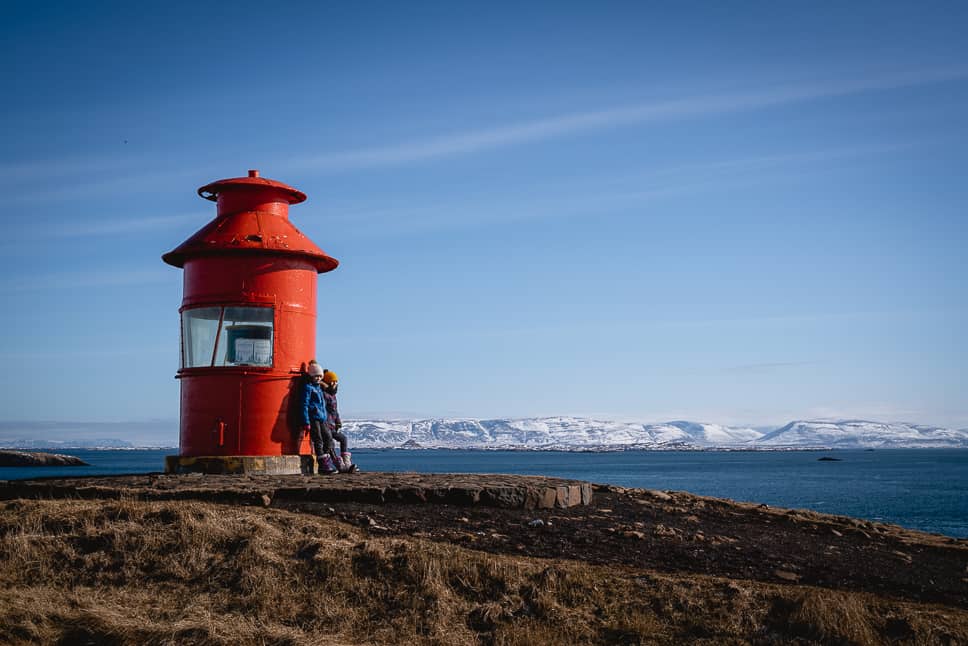
What to Expect on a Whale Watching Tour
Whale watching is a popular activity in Iceland, and many visitors to the country choose to go on a whale-watching tour. Here are some things to expect on a whale-watching tour in Iceland.
Duration and schedule
Most whale-watching tours in Iceland last around three hours, although some tours can be longer or shorter. The schedule of the tour will depend on the time of year and the weather conditions. It is best to check with the tour operator for the most up-to-date schedule.
Boat tours and ship types
There are many different types of boats and ships used for whale watching in Iceland. Some tours use smaller RIB boats, which can get closer to the whales but can be bumpy and fast. Other tours use larger ships, which are more stable but may not get as close to the whales. It is important to choose a tour that suits your preferences and needs.
Whale-watching excursions for all ages
Whale watching is an activity that can be enjoyed by people of all ages. Many tours are suitable for children, and some tours even offer special activities for kids. It is important to check with the tour operator to see if the tour is suitable for your age group.
Guides and success rate
Whale-watching tours in Iceland are usually led by experienced guides who can help you spot the whales and provide information about the different species. The success rate of whale watching can vary depending on the time of year and the weather conditions. It is best to check with the tour operator for the most up-to-date information.
Cancellations and refunds
Whale-watching tours in Iceland can be canceled due to bad weather or other unforeseen circumstances. It is important to check with the tour operator for their cancellation policy and refund policy. Some tours may offer a full refund if the tour is canceled, while others may offer a partial refund or reschedule the tour for another day.
Sometimes, for example, with North Sailing from Husavik, you get a new ticket when you don’t see any whales.
Other Marine Life to Spot While Whale Watching
There is more to see than just whales. Here are some other marine life you may spot while whale watching in Iceland.
Seals
Seals are another common sight in the waters around Iceland. There are two main species of seal that can be seen: the harbor seal and the grey seal. These adorable creatures can often be seen lounging on rocks or swimming in the water.
Arctic terns
Arctic terns are a type of bird that can be seen flying over the waters around Iceland. These birds are known for their impressive migration, which takes them from the Arctic to the Antarctic and back again each year. They are also known for their aggressive behavior, particularly when it comes to defending their nests.
Puffins
Puffins are one of the most iconic birds in Iceland. These adorable creatures can be seen nesting on cliffs and diving into the water to catch fish. They are easily recognized by their colorful beaks and distinctive markings.
We got lucky and saw them on our whale-watching tour.
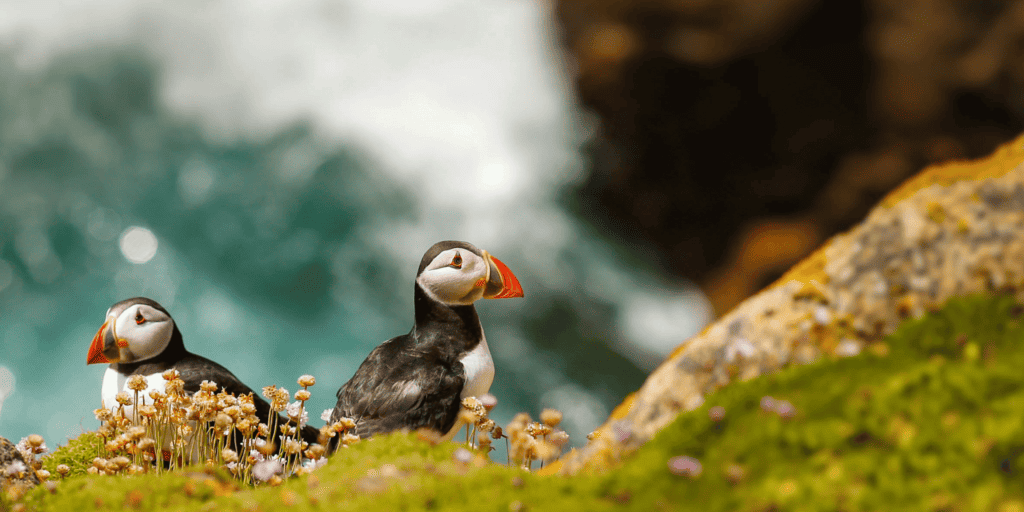
Narwhals
Narwhals are a type of whale that is native to the Arctic waters around Iceland. These whales are known for their long, spiral tusks, which can grow up to 10 feet in length. They are a rare sight, but if you’re lucky, you may spot one while whale watching in Iceland.
The Future of whale watching and Conservation in Iceland
As Iceland moves away from commercial whaling, many hope that the country will shift its focus to whale watching and other forms of sustainable tourism. Whale watching has already become a significant industry in Iceland, with many companies offering tours that allow visitors to see whales up close in their natural habitat.
To ensure the long-term conservation of whale populations in Icelandic waters, it will be essential to promote sustainable practices and responsible tourism. This may include measures such as limiting the number of boats allowed in certain areas, enforcing speed limits to reduce the risk of collisions, and educating visitors about the importance of respecting these magnificent creatures.
More info on this topic can be found on the website of Whales watching Iceland.
Whale watching in Iceland: a guide to the best spots and tours
Save this article on Pinterest
